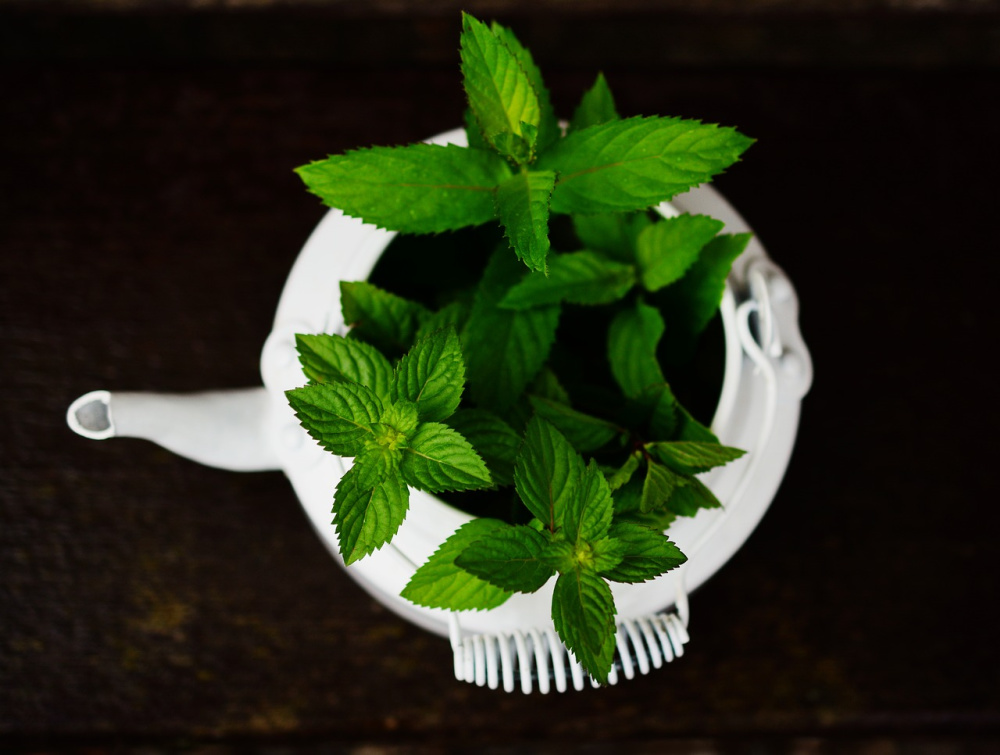
Some of the links on this page contain affiliate links. Renaissance Path is a participant in the Amazon Associates Program, an affiliate advertising program that provides a way for websites to earn advertising fees by linking to products. We only link to products we normally use and trust. When you purchase an item through the link we receive a small commission at no additional cost to you. This helps pay for the costs associated with running this blog. Your support is greatly appreciated. Thank You!
10 Best Herbs for Coughs
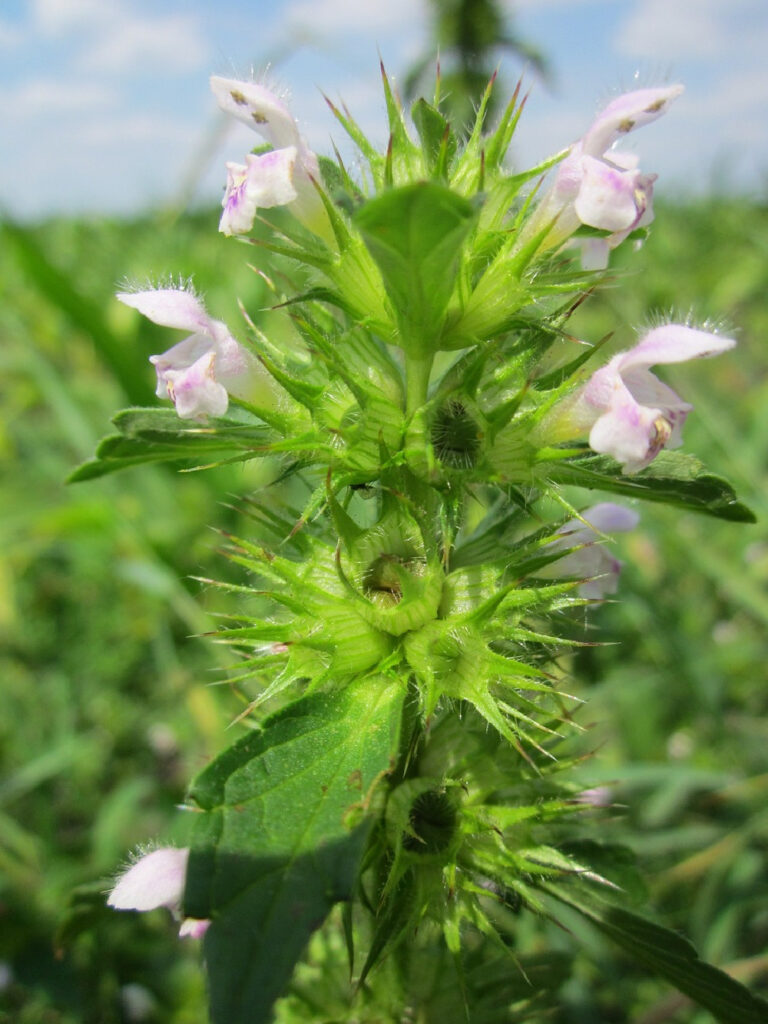
Horehound (Marrubium vulgare L. ) Has a long history of relieving coughs. In fact, it is the main ingredient in natural cough drops like Ricola. Horehound is a herb belonging to the mint family. It is an expectorant herb, which means it helps loosen and expel mucus from the lungs.
Horehound contains many different compounds. One is diterpenes. Diterpenes are known to be anti-inflammatory and antimicrobial. Another compound in horehound is marrubiin. Marrubiin has potent antioxidant properties and has antinociceptive properties which help with pain(1). Marrubiin is also a vasorelaxant. Vasorelaxants help blood vessels relax which allows more oxygenated blood flow. Marrubiin also has expectorant properties. Expectorants help stimulate bronchial secretions.
Horehound has been used for centuries to help with coughs. It can be used for tea. Made into tinctures or cough syrups or even made into candies or cough drops. Horehound is super easy to grow in your garden.

Marshmallow root(Althaea Officinalis) is a perennial herb that grows in damp marsh areas. Marshmallow belongs to the Mallow family as well as hollyhocks, okra, cotton, hibiscus, and durian.
Marshmallow root has a high mucilage content. Mucilaginous herbs form a thick gelatinous goo when it comes in contact with water. Mucilaginous herbs are soothing to the body. They are especially helpful with dealing with a sore throat or an irritating cough. It also helps loosen mucus. Marshmallow is known to heal inflamed tissue(2)(3).
Marshmallow root can be simmered and drank as tea. It can be tinctured. It can also be added into a cough syrup along with other herbs.

Slippery Elm (Ulmus rubra)- Slippery Elm is a tree found in North America. Slippery Elm is also called Red Elm or Indian Elm. The inner bark of the tree is the only part that is used for medicinal purposes.
Slippery Elm is rich in mucilage. Similar to Marshmallow root when mixed with water slippery elm becomes gelatinous. Slippery elm is antitussive and is great for coughs. Because it is also a mucilage it is beneficial for sore irritated throats(4).

Linden (Tilia. spp.) – Linden is a tree found in most of the Northern Hemisphere. Linden tea is probably the most popular way I see it consumed. Although it can be tinctured and also be added to cough syrups.
Linden is considered to be a nervine, it has demulcent, relaxant, and antispasmodic properties, which makes it an excellent choice for coughs. Linden is calming, it is anxiolytic which means it helps with anxiety. It also has mucilaginous properties as well
My favorite way to consume Linden is as a tea. It has a slightly sweet honey taste.

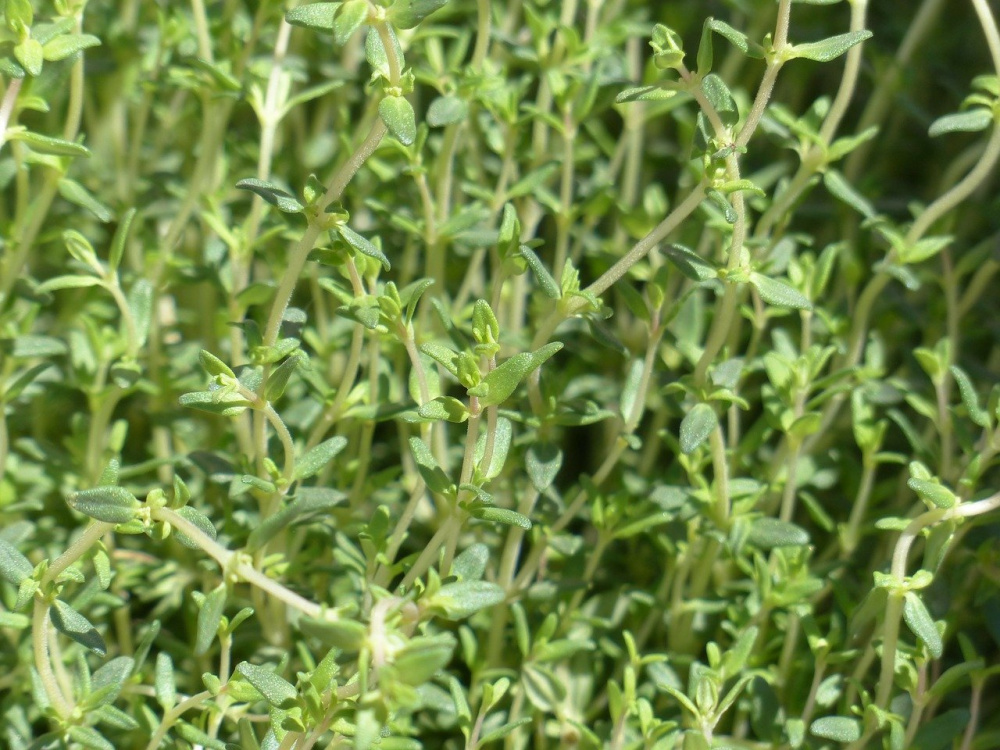
Thyme ( (Thymus vulgaris) Thmye has been adored by many throughout history. It originates from the Mediterranean but grows in most places around the world. Most people know this herb for being used as a spice in cooking. But it has so many other healing benefits.
Thyme contains terpenes, flavonoids, saponin, and essential oils thymol, carvacol and phenol. Thymol has been studied for its microbial properties. Thyme is used in mouthwashes, vapor rubs and for coughs. Making thyme tea works for coughs really well(5).

Licorice Root (Glycyrrhiza glabra)- Licorice root comes from the Licorice plant. It grows in Asia, Russia, and the Mediterranean. The root is the medicinal part. Licorice root’s main active compound is glycyrrhizin. Glycyrrhizin is very sweet and is even used as a sweetener in some food products. Glycyrrhizin has many healing properties. It can help with skin conditions, stomach ulcers, respiratory issues, and it’s antimicrobial.
Licorice root has both demulcent and expectorant properties and has been known to assist in upper respiratory conditions. It was shown in animal model studies to be helpful in asthma treatment(6).
Licorice root also has anti-inflammatory and anti-viral properties. It also appears to help patients with COPD and chronic bronchitis(7).
The best way to consume it for cough is to make tea out of the root. You can also tincture it or make a syrup and use it to make cough drops.

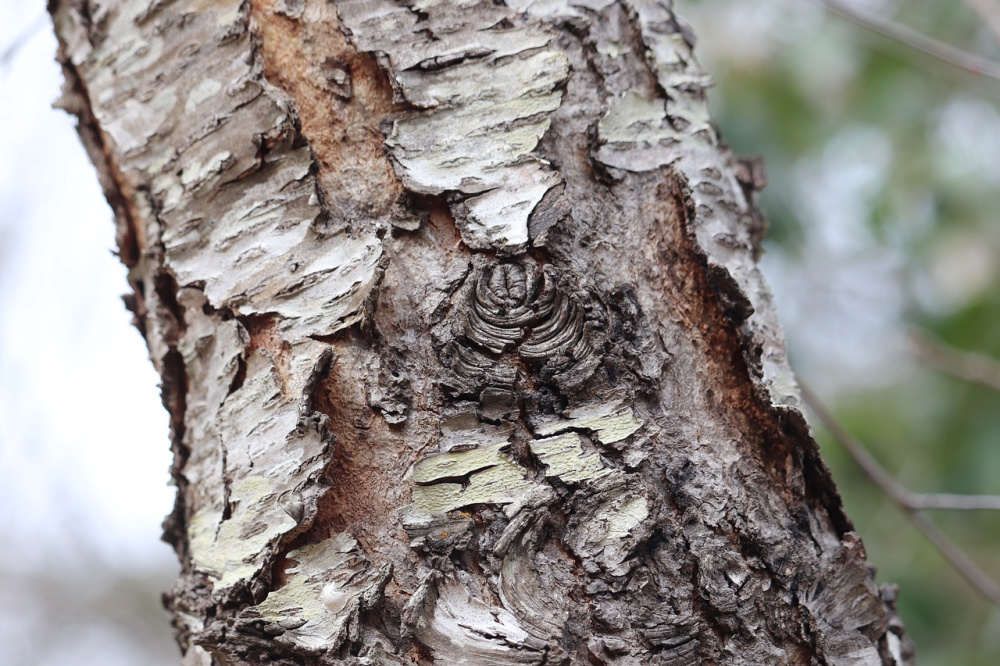
Wild Cherry bark (Prunus serotina)- Wild Cherry bark comes from wild cherry tress. The Native Americans used the inner bark of the wild cherry tree to relieve coughs. Wild cherry bark has a long history of being used in TCM(Traditional Chinese Medicine)for coughs and colds.
Wild cherry bark is antispasmodic, sedative, has bronchodilator actions, increases expectoration(expelling mucus), helps calm coughing.
Wild cherry bark is a known cough suppressant. It is mildly sedative and can help you sleep at night when dealing with a nagging cough.
Doctors and herbalists agree wild cherry bark should be consumed in the short term(10-14 days). Wild cherry bark contains hydrocyanic acid which if you take too much it can be toxic. Hydrocyanic is what makes wild cherry bark so effective for helping and calming the nerves that cause cough. Wild cherry bark also contains a compound called prunasin, which can cause birth defects. Wild cherry bark should NOT be consumed while pregnant or nursing.

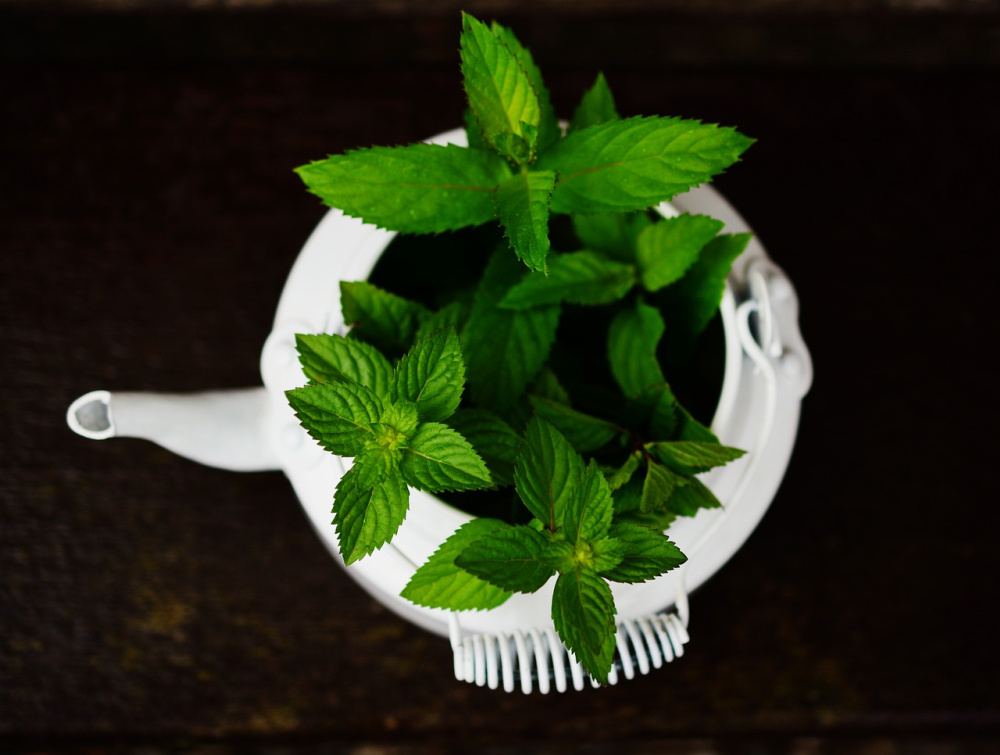
Peppermint (Mentha x piperita) is a plant in the mint family. One of the main compounds in peppermint is menthol. Menthol can help thin mucus and loosen phlegm which can help reduce coughs.
Peppermint is a natural decongestant and is soothing to sore throats. Inhalation of peppermint oil steam can relax bronchial smooth muscles(8).
You can use peppermint in vapor rubs, drink it as tea. You can also do peppermint steam treatments where you take a few drops of peppermint oil in a hot bowl of water, bend over the pot and put a towel over your head that drapes over your face, and then inhale the steam.

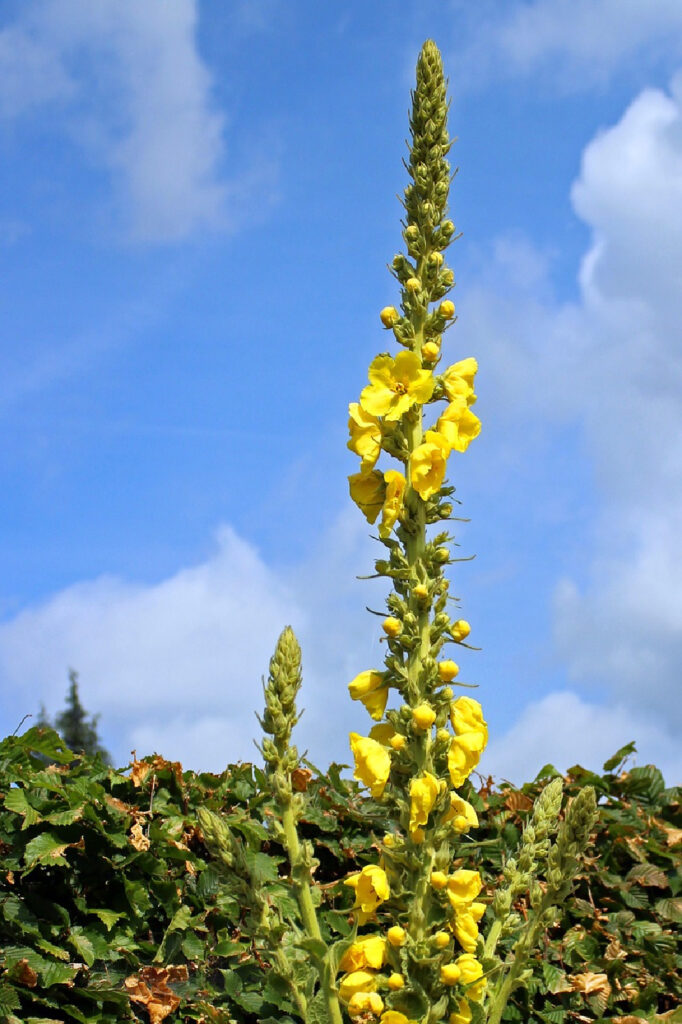
Mullein (Verbascum thapsus) – Chances are you have seen mullein on the side of highway road somewhere. Mullein is a biannual plant, the first year it grows a rosette of large, velvety leaves. In the second-year a velvety flower spike grows up to 8 feet tall. The flowers that bloom are yellow.
Mullein is native to Europe, northern Africa, and Asia but has been introduced to North America and Australia. It grows in most temperate climates.
Mulleins constituents are saponins, mucilage, tannins, polysaccharides, iridoid and ligin glycosides, and essential oils.
Mullein has strong anti-inflammatory activity. It is also antiviral, antibacterial. Works great for pain, asthma, congestion, bronchitis, and cough. The leaves and flowers of mullein contain mucilage with can soothe irritated throats and lungs. Mullein works best for dry irritated bronchials.
Mullein can be used as a tincture, an ear oil, it can be smoked. Mostly its leaves and flowers are drunk as tea. It is important to make sure to properly strain mullein leaves because they do contain these tiny hairs which can be irritating to the throat.

Elecampane Root ( Inula helenium) Is an herb used for centuries. It is used in TCM(TraditionalChinese Medicine) as well as folk medicine. The elecampane plant can grow very tall, upwards of 8 feet. The leaves are huge. The flowers are yellow. It is a biannual plant. Roots should only be harvested every 2 to 3 years.
Properties of elecampane are antitussive, expectorant, antiviral, antibacterial, demulcent, diaphoretic, and anesthetic. These are just some of the properties, there are many more.
Elecampane root is a great herb for cough because it helps expel mucus and it has properties to soothe irritated tissues and relieve pain(9).

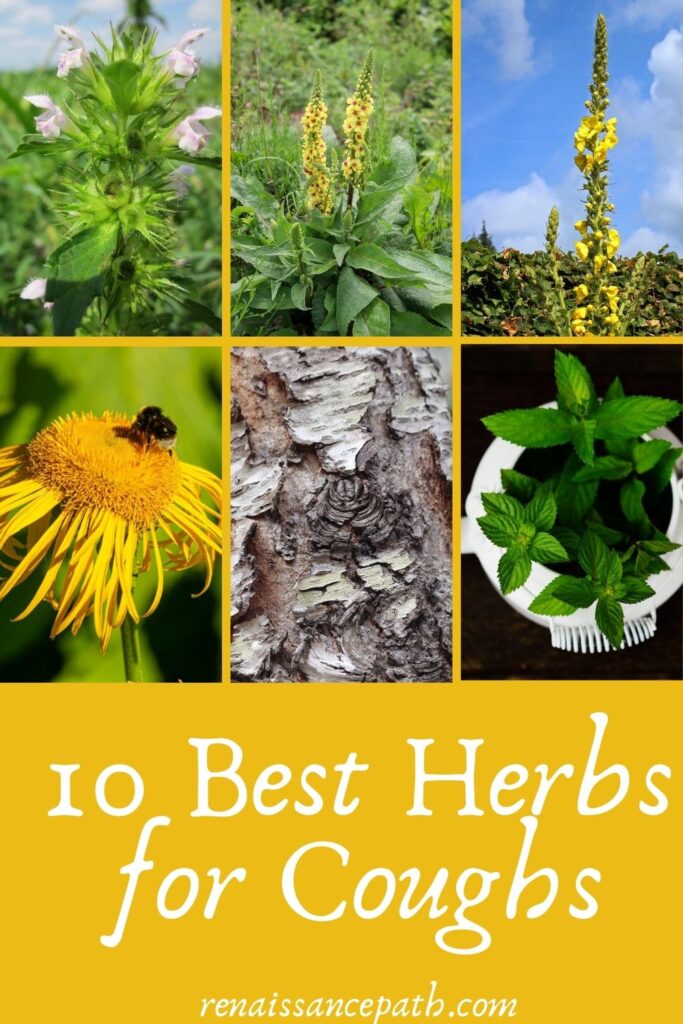
What type of Cough
It’s important to know what kind of cough you have. Is it a dry tickle in your throat? Is it a wet productive cough and you’re just needing something to calm the coughing reflex down at night? Is it a thick mucus that you’re having a hard time moving?
Once you can decide what kind of cough you’re experiencing it can help you pick the right herb.
These are relaxing expectorants
- Marshmallow
- Linden
- Peppermint
- Wild Cherry Bark
- Thyme
- Slippery Elm
These are stimulating expectorants
- Elecampane
- Horehound
- Licorice
- Mullein
Have you tried any other these herbs for cough? Let me know in the comments.
Much Love,
Melissa
If you like natural healing options check out my post Elderberry Syrup Recipe
[…] If you like learning about the healing properties of herbs please check out this post here. […]